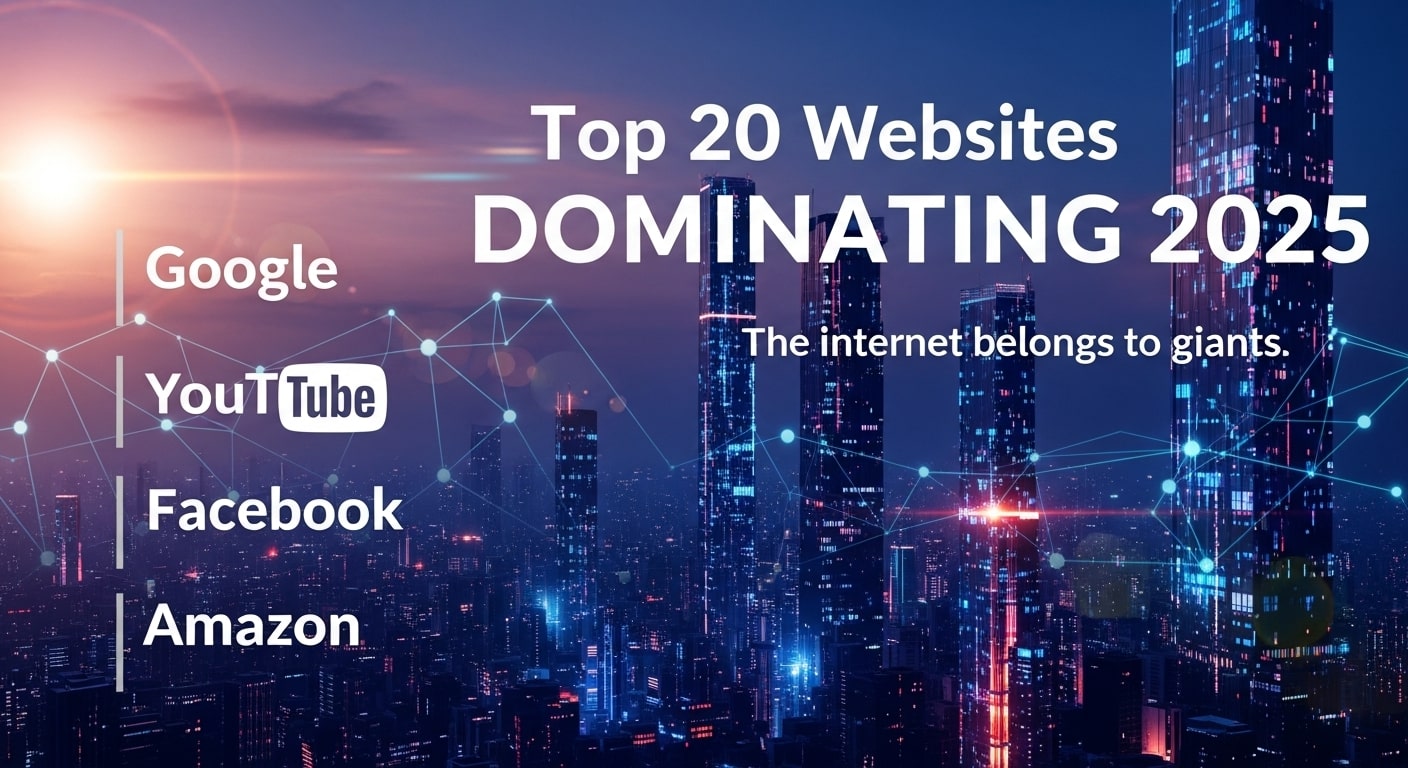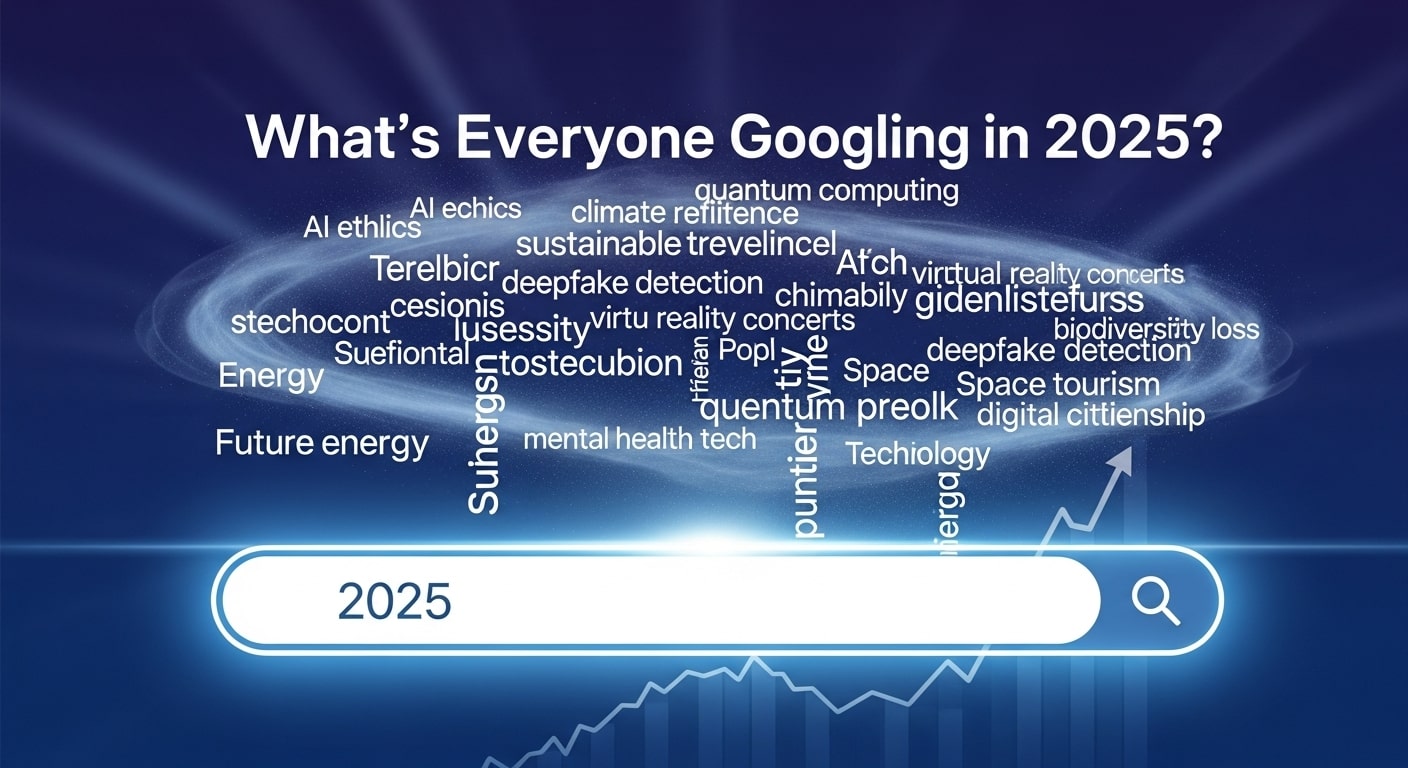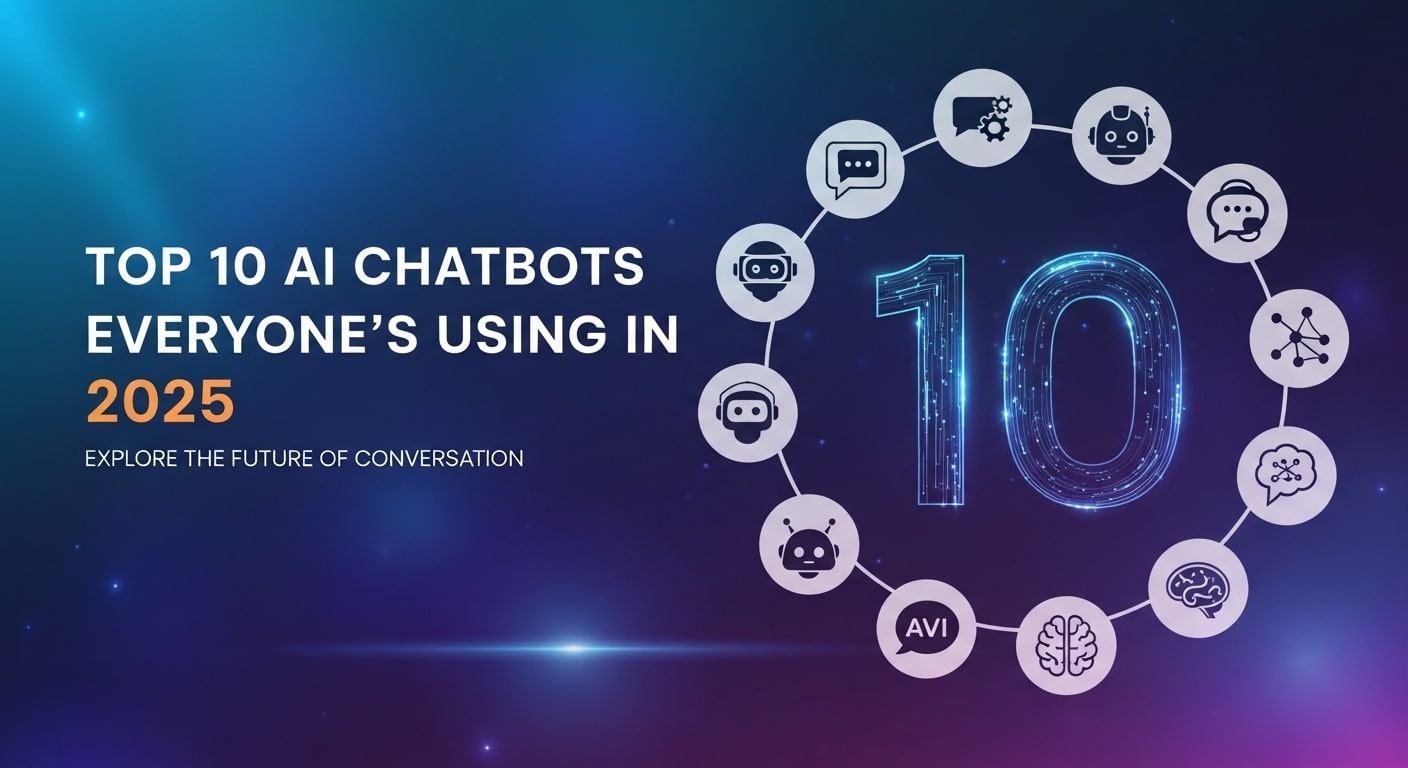I Used Gemini AI for Wedding Party Photos — Saved $2,000 and Got Photos Better Than the Photographer’s Portfolio | 15 Dreamy Portrait Prompts
My wedding photographer quoted me an extra $2,000 for “bridal party portraits package.” That was on top of the $6,500 base package. She explained: “Getting 8 bridesmaids and 8 groomsmen to all look good in one shot takes time and skill. Plus you’ll want individual portraits of each bridesmaid, couple shots, creative group arrangements…” I … Read more









